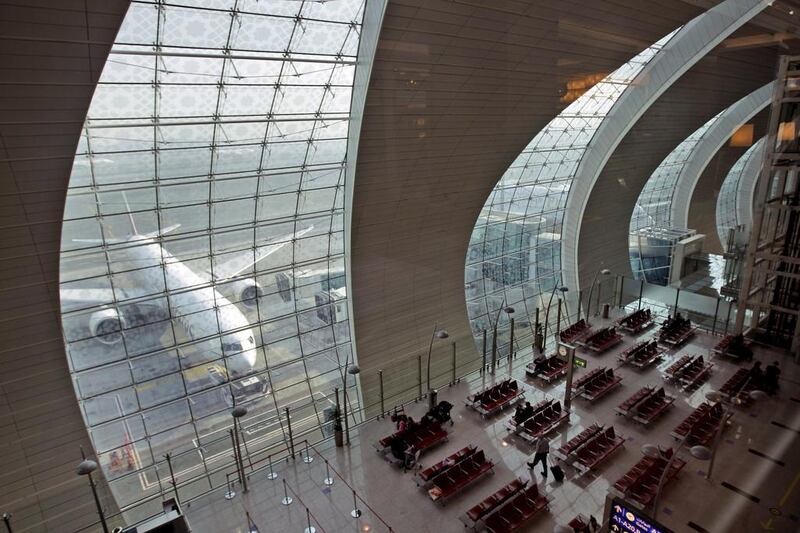Airlines in the Middle East will need 2,610 new airplanes over the next 20 years, worth an estimated US$550 billion, Boeing forecasts.
A third of that figure – 900 aircraft – will replace the existing fleet, with 66 per cent coming from rapid expansion in new fleet.
“Today we sit in one of the most dynamic and fastest growing market places in the world,” said Randy Tinseth, the vice president of marketing at Boeing Commercial Airplanes, in Dubai yesterday. “We see strong demand for new, fuel-efficient aircraft, especially fuel-efficient wide bodies.”
This year’s Boeing Current Market Outlook, an annual report, is more optimistic than last year’s 20-year forecast of 2,370 airplanes for the region at a cost of $470bn.
It reflects the growing clout of the GCC's biggest airlines – Emirates Airline, Etihad Airways and Qatar Airways – as well as the rising popularity of the region's low-cost carriers.
The growing economic links with the fast-emerging Asia Pacific region will also drive aircraft demand in the future.
Boeing forecasts an annual 7.3 per cent traffic growth between the Middle East and Asia Pacific over the next two decades.
At next week’s Dubai Airshow, several of the region’s carriers are expected to announce significant aircraft orders. Emirates is tipped to make a large order for the Boeing 777X, according to two sources.
There is uncertainty about where the updated version of Boeing’s most popular twin-aisle aircraft will be produced.
The US planemaker’s largest union, the International Association of Machinists and Aerospace Workers, on Wednesday rejected an eight-year contract that would have guaranteed the construction of the 777X and its wings at Boeing’s Puget Sound base in Washington state.
The company had previously indicated that it would seek alternative locations to build the aircraft if the contract vote failed.
“We are disappointed that our union did not accept the contract that was in front of them,” said Mr Tinseth. “Now we’re looking at all our options.”
Meanwhile, Boeing forecasts global long-term demand for 35,280 new airplanes, valued at $4.8 trillion. The need to replace ageing aircraft will comprise much of the global demand.
Boeing said it expected twin-aisle airplanes, such as its 777 and 787 Dreamliner, to continue to dominate the region’s order books, reflecting demand for long-range capability and maximum passenger capacity.
Twin-aisle aircraft will make up more than half of the region’s new orders over the next 20 years, compared to 24 per cent globally. Single-aisle airplanes will account for 47 per cent of regional deliveries and large airplanes will contribute to 10 per cent of projected demand.
Asked whether he expected the large aircraft build-up in the region’s skies would lead to air traffic congestion in the years ahead, Mr Tinseth replied: “Today in this region it’s in pretty good shape, but over time we will have to see investment. It’s not like in the US, or Europe or China. Here we do have capacity for growth, but there are limitations on different parts of the area.”
Aircraft movements in the UAE’s skies are expected to almost double by 2030 to 1.6 million, the General Civil Aviation Authority has said.
Earlier this week, it urged authorities to implement the recommendations of a report suggesting measures for managing the nation’s air traffic through to 2030.
Mr Tinseth said he expected financing sources for new aircraft to continue to diversify.
“There have been changes over time,” he said. “Years ago, almost all of the financing was from banks, then we saw the inflow of export credit agencies enter the market. We’re starting to see now more and more capital markets step up and that’s the trend we see in the future.”
tarnold@thenational.ae





